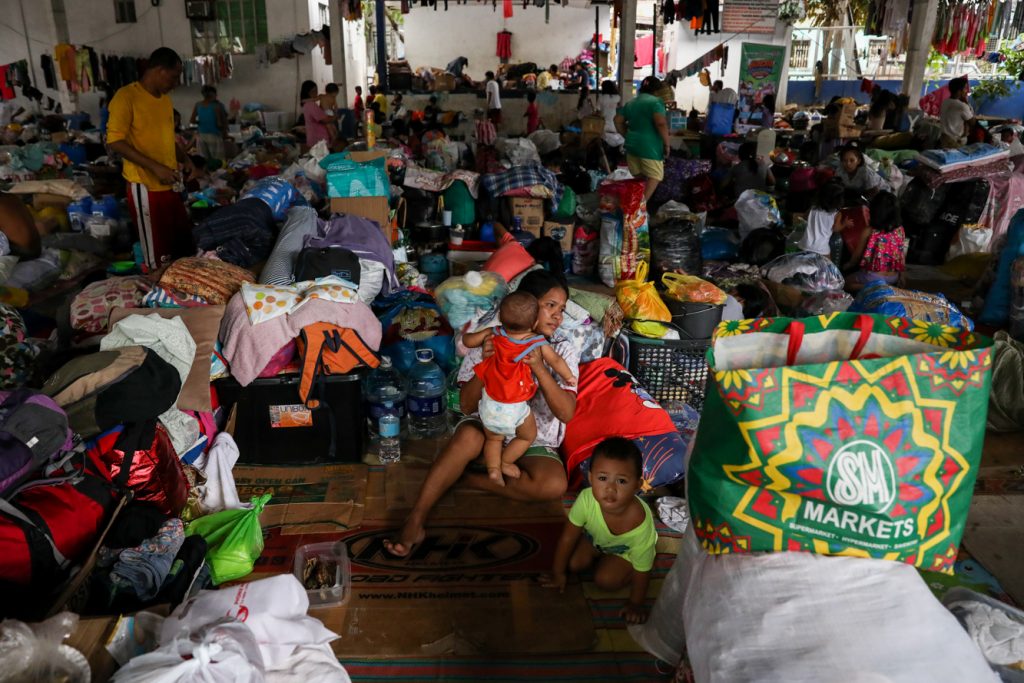
Children in six Asian countries are among those most at risk of the impacts of the climate crisis, says a report by the United Nations Children’s Emergency Fund or UNICEF.
Pakistan, Bangladesh, Afghanistan, India, Myanmar, and the Philippines are among the 33 countries where children are at “extremely high risk” to climate and environmental shocks.
UNICEF launched the report titled “The Climate Crisis is a Child Rights Crisis: Introducing the Children’s Climate Risk Index,” on August 24.
The report, which is the first comprehensive analysis of climate risk from a child’s perspective, ranks countries based on children’s exposure to climate and environmental shocks, such as cyclones, flooding, and heatwaves.
“For the first time, we have a complete picture of where and how children are vulnerable to climate change, and that picture is almost unimaginably dire,” said Henrietta Fore, UNICEF executive director.
“Climate and environmental shocks are undermining the complete spectrum of children’s rights, from access to clean air, food and safe water; to education, housing, freedom from exploitation, and even their right to survive,” she said.
The report says the climate crisis “is already having a devastating impact on the well-being of children globally,” adding that “understanding where and how children are uniquely vulnerable to this crisis is crucial in responding to it.”
The report notes that the climate crisis “is creating a child’s rights crisis” by creating a water crisis, a health crisis, an education crisis, a protection crisis and a participation crisis.
“It is threatening children’s very survival. In all these ways, it is infringing on children’s rights – as outlined in the United Nations Convention on the Rights of the Child,” it adds.
In the Philippines, the report says young Filipinos are highly exposed to coastal floods and tropical cyclones.
Oyunsaikhan Dendevnorov, country representative of UNICEF, said Filipino children face many dangers within their lifetimes “but if we act now we can prevent it becoming worse.”
Dendevnorov said if the country will “invest to make the services” that children depend upon to survive and thrive, “it will help to protect their futures from the impacts of a changing climate and degrading environment.”
The report says 99 percent or “almost every child on earth is exposed to at least one major extreme climate event or hazard.
It adds that the worst affected countries of the climate crisis “face multiple and often overlapping shocks that threaten to erode development progress and deepen child deprivations.”
The report estimates that 850 million children or, 1 in 3 worldwide, live in areas where at least four of different climate and environmental shocks overlap, while 330 million children, or 1 in 7 worldwide, live in areas affected by at least five major shocks.
UNICEF called on governments, businesses and relevant actors to “increase investment in climate adaptation and resilience in key services for children.
It also urged the global community to help reduce greenhouse gas emissions while providing children with climate education and greens skills, critical for their adaptation to and preparation for the effects of climate change.
Source: Licas Philippines
0 Comments